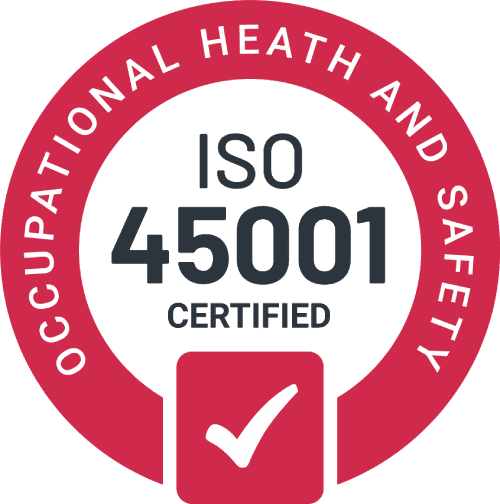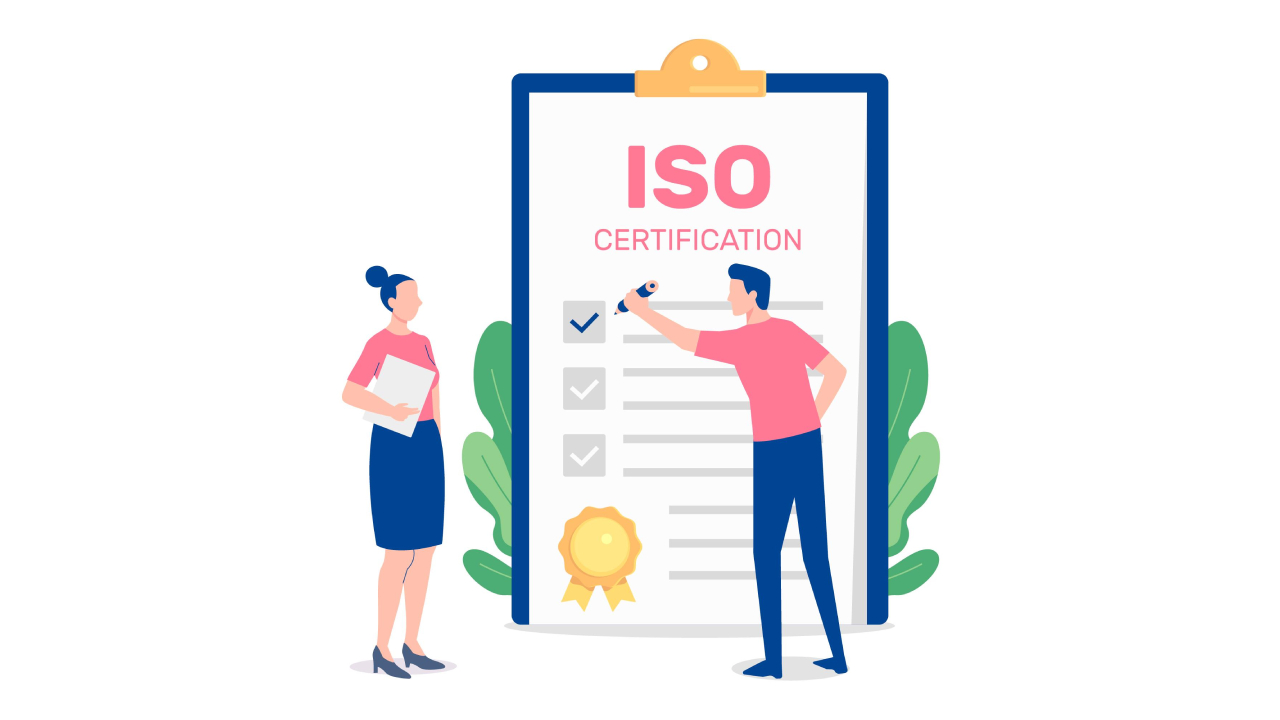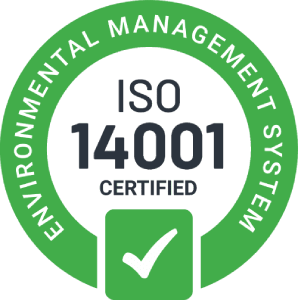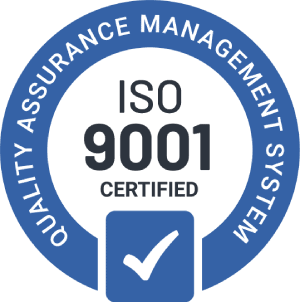
Is Constructionline Worth It? Benefits for Small Construction Businesses
Constructionline membership represents a significant investment for small construction businesses, with annual fees ranging from several hundred to several thousand pounds depending on turnover and me ...

What is ISO 45001, and Why Does Your Business Need It?
ISO 45001 is the international standard for occupational health and safety management systems (OH&S). Designed to help organisations prevent work-related injuries, ill health, and fatalities, ISO ...

How to Choose the Right ISO Consultancy for Your Business
Selecting the right ISO consultancy can determine whether your certification journey becomes a strategic advantage or an administrative burden. With numerous consultancies claiming expertise, distingu ...

Do You Need an ISO Consultant? Signs Your Management System Needs Support
ISO management systems are designed to improve the way a business operates. They help you manage risk, meet legal obligations, and deliver consistent quality. But when your system starts to feel like ...

Top 5 Benefits of Implementing ISO Management Systems in Your Business
Organisations today face increasing pressure to improve efficiency, meet regulatory requirements, and demonstrate accountability across all areas of operation. Implementing ISO management systems prov ...

What is ISO 14001, and Why Does Your Business Need It?
Environmental responsibility has become a crucial part of running a successful business. With increasing regulations, growing consumer demand for sustainable practices, and rising operational costs, c ...

Who Really Likes ISO?
Let’s be honest—who really likes ISO? The sad truth is that we do. But you probably don’t. You likely appreciate the benefits that ISO management systems bring—efficiency, compliance, and credib ...

What is ISO 9001, and Why Does Your Business Need It?
Running a successful business means consistently delivering quality, satisfying customers, and staying ahead of the competition. ISO 9001, the world’s leading standard for Quality Management Systems ( ...

The Pitfalls of Soft Auditing in ISO Management Systems
When seeking ISO certification, many organisations rely on ISO consultants to guide them through the process. However, one risk that businesses often overlook is the concept of "soft auditing." While ...

Simple is Hard: How We Simplify ISO Management Systems at EmmersonWills
At EmmersonWills, we proudly stand as The ISO Simplification Experts. Achieving simplicity takes expertise and intention. As Blaise Pascal once noted, "I would have written a shorter letter, but I did ...

